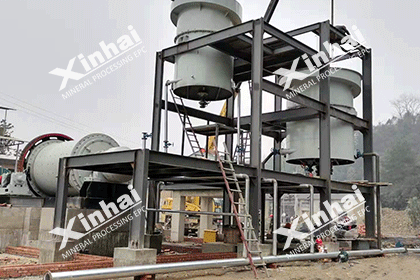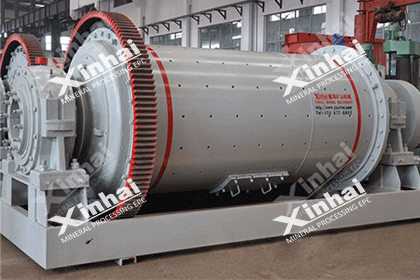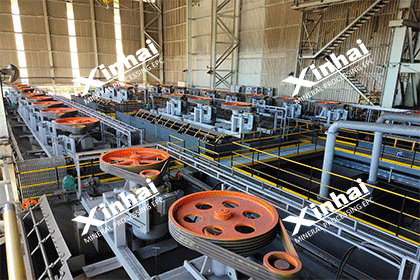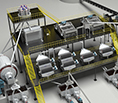What Is the Meaning of Dump Leaching? Guide to Metal Extraction
 Laura
Laura
 Jun 30, 2025
Jun 30, 2025
 977
977
If you want to know more details about equipment, solutions, etc, please click the button below for free consultation, or leave your requirements!
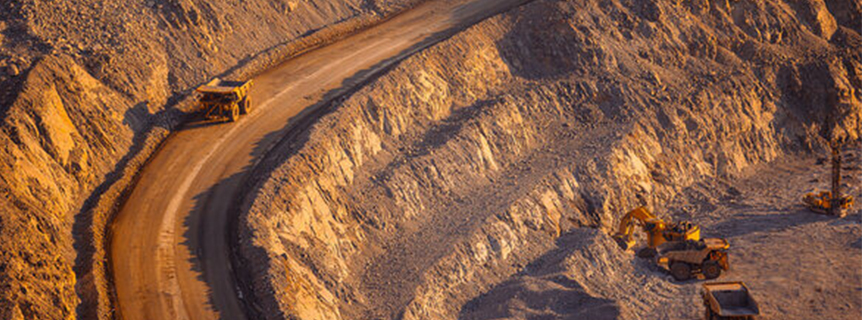
Mine Dump
In the world of mining, not all ore is rich enough to process through traditional methods. Enter dump leaching—a cost-effective technique that recovers metals like copper and gold from low-grade ore piles. But how does it work, and why is it controversial? This guide breaks down dump leaching process, its pros and cons, and its place in modern mining.
01 What Is Dump Leaching?
BackDump leaching is a method used to extract metals from large piles (or "dumps") of low-grade ore. Instead of crushing and refining the ore, miners spray it with a chemical solution (like sulfuric acid or cyanide) that dissolves the target metal. The metal-rich liquid is then collected and processed to recover the metal.
Key Features:
Used for low-grade ore (too poor for smelting).
Common in copper mining (e.g., Chile’s copper mines).
Requires minimal infrastructure compared to other methods.
02 How Does Dump Leaching Work?
Back1. Ore Preparation
Mining: Low-grade ore is excavated and dumped into massive piles, often at the mine site.
No Crushing: Unlike heap leaching, dump leaching uses "run-of-mine" ore (raw, uncrushed rocks).
2. Applying the Leaching Agent
Acid for Copper: Sulfuric acid is sprayed over the pile to dissolve copper oxides.
Cyanide for Gold: Rarely used in dumps due to environmental risks.
3. Percolation
The chemical solution trickles through the ore pile over weeks or months, dissolving the metal.
4. Collecting the Solution
A network of pipes or liners at the base captures the pregnant leach solution (metal-rich liquid).
5. Metal Recovery
Solvent Extraction: Separates copper from the solution.
Electrowinning: Uses electricity to plate pure metal onto cathodes.
03 Dump Leaching vs. Heap Leaching
BackWhile both involve leaching, key differences exist:
Ore Grade: Dumps use lower-grade ore; heaps use slightly higher-grade, crushed ore.
Control: Heap leaching is more structured, with lined pads and controlled irrigation.
Speed: Dump leaching takes months to years; heaps work faster.
04 Benefits of Dump Leaching
BackCost-Effective: Ideal for ore that’s otherwise unprofitable.
Low Energy Use: No need for crushing or high-temperature processing.
Scalable: Handles millions of tons of waste rock.
05 Environmental Concerns
BackGroundwater Contamination: Leakage of acidic or cyanide solutions can pollute water sources.
Land Use: Massive dumps disrupt ecosystems.
Long-Term Risks: Old, unlined dumps pose legacy pollution threats.
06 FAQs
BackQ: How long does dump leaching take?
A: It can take 6 months to several years, depending on ore type and climate.
Q: Is dump leaching safe?
A: With proper liners and monitoring, risks are reduced. However, accidents or poor management can lead to environmental harm.
Q: Which metals are extracted this way?
A: Primarily copper, but historically used for uranium and gold (now rare due to stricter regulations).
07Conclusion
BackDump leaching is a double-edged sword in mining. It breathes life into low-grade ore dumps that would otherwise go to waste, providing a low-cost way to recover valuable metals. Yet, its environmental risks demand rigorous safeguards. As technology advances, innovations like bioleaching (using bacteria) and better liner systems are making dump leaching safer and more sustainable. For miners and communities alike, balancing economic gains with environmental responsibility remains key.
Feel free to contact us and learn more about dump leaching solutions!
 +86 182 3440 3483
+86 182 3440 3483 yanzhang19990421@gmail.com
yanzhang19990421@gmail.com



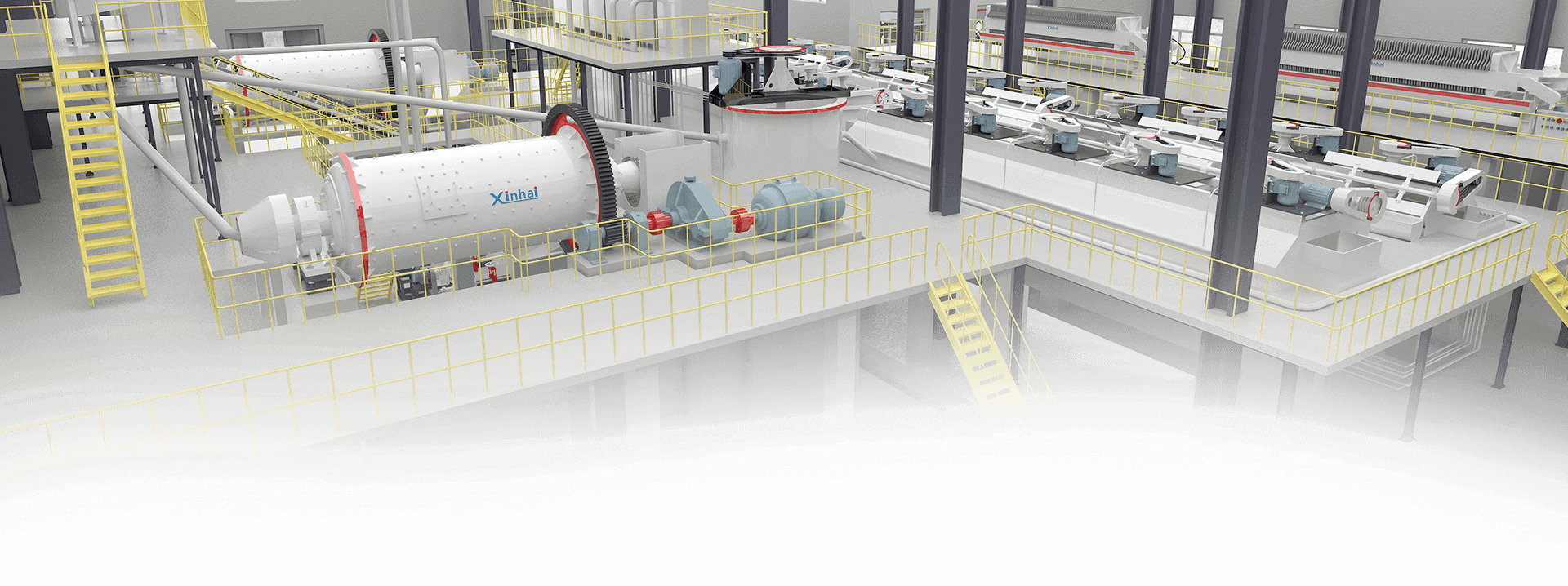
 Message
Message Chat Now
Chat Now


